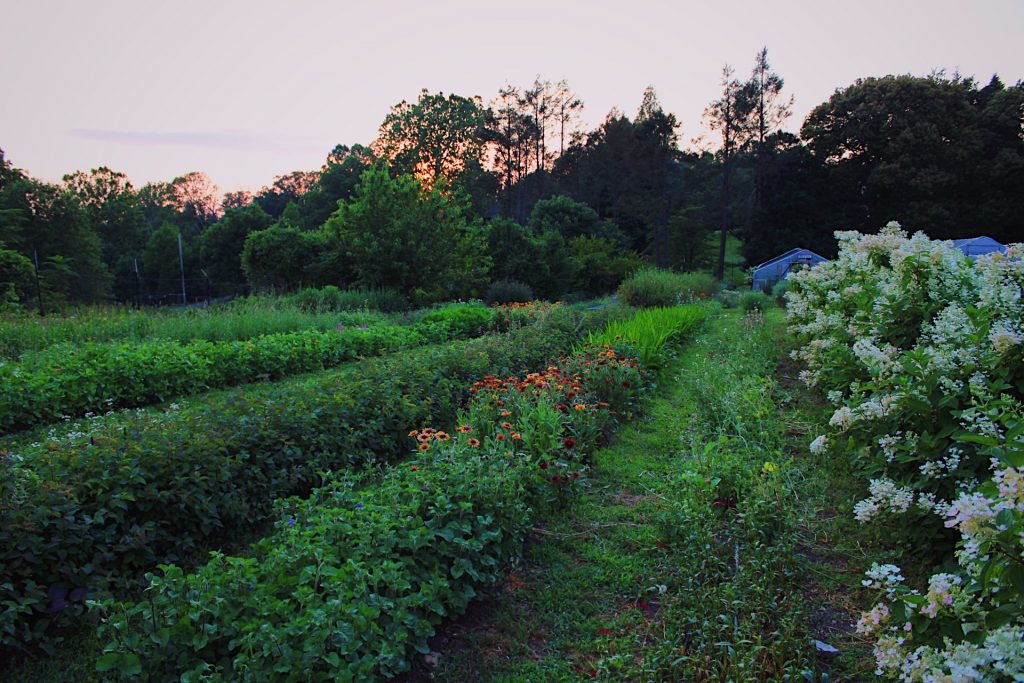
I originally adopted the no-till approach to farming out of necessity. Well, desperation, really. An intensely rainy spring in 2018 kept me from being able to till the soil as usual and meant the only way to get transplants in the ground was to skip the tilling and try something new. Thus began my foray into no-till flower farming.
I never would have guessed at the start of this no-till flower farming journey, which I now call “regenerative land stewardship”, that I would learn so much and feel like I’m finally truly awake and observant in the flower fields. No-till flower farming has brought a newfound awareness of just how complex the ecosystem I steward is and how powerful my presence there can be, for better or for worse.
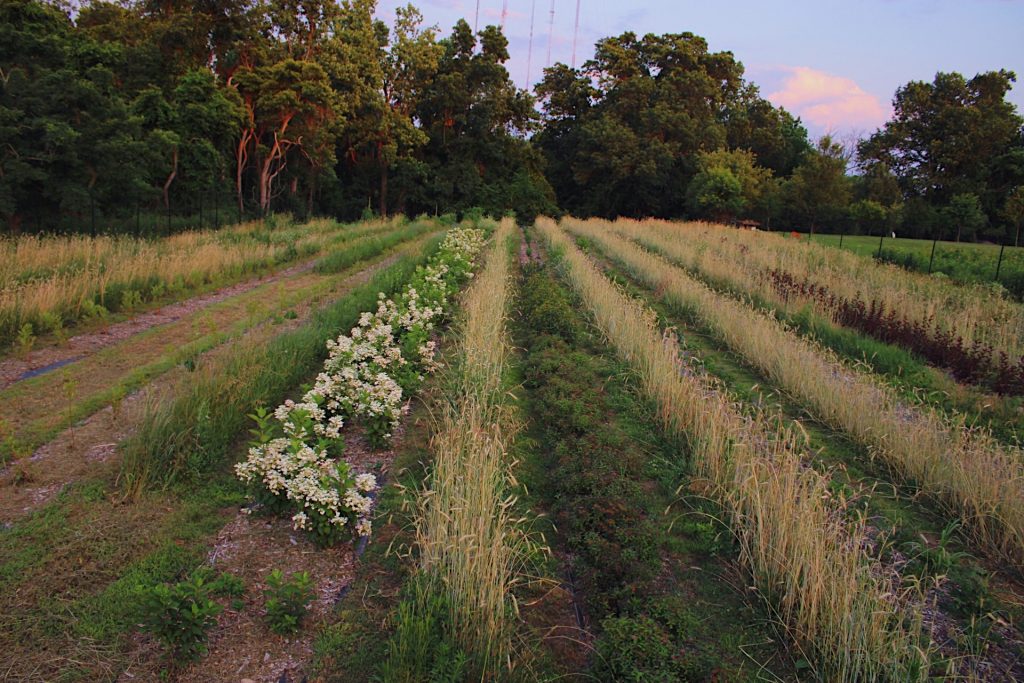
In 2018, after eight years of tilling beds every time we flipped them over and tilling the entire field from top to bottom each fall, the soil was a homogenous, dry, lifeless substrate favored by weed seedlings far more than my flower crops. Now, in the summer of 2020, more than two years after ceasing all tilling at the farm, it’s like I’m seeing soil for the very first time.
The soil in the fields is spongy, dark, loamy, earthy in scent, and utterly packed with life of all shapes and sizes, including rich networks of white mycelium threads weaving through it, creating gorgeous aggregates of various sizes that mean the soil is full of pores and oxygen. It gives me so much joy to dig into this richness whenever placing new transplants, knowing the roots of the plants I’ve carefully tended from seed will now enter this thriving community and instantly be surrounded and supported by all this life.
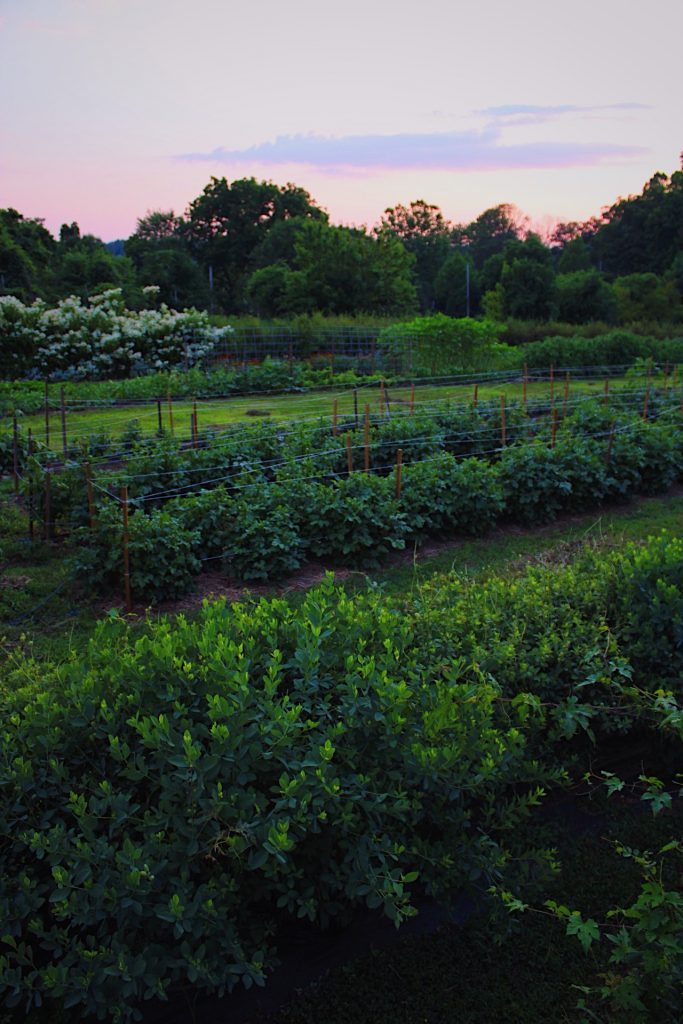
For me, no-till flower farming has really become something different than when I first bought into this farming system. Originally, I was just looking to solve a singular problem: a muddy field in an excessively rainy season. But now I realize how comprehensive and wholistic this approach is and how it changes everything about farming.
For starters: it’s way more efficient!! No-till meant that I didn’t have to keep my tractor maintained (I’ve since given up having a tractor altogether) and didn’t have to spend aggravating time coaxing the three-point hitch and the heavy tiller to connect. I also noticed that it was a lot easier to weed throughout the season, saving us time on hot July days (woot!). A real surprise was that we could flip beds and plant at break-neck speed compared to the previous tilling approach. Because I didn’t have to fuss with the tractor and tiller each time, the crew could immediately jump into a bed (a partial bed at that! No waiting for the entire bed to finish and clear!) and get to work with planting. The soil became so loose and lovely, there was no more stabbing at dry, cracked ground with a trowel. I’ve truly been shocked at how much faster planting is; I’m still trying to adjust my timing for planting to keep up with this new pace.
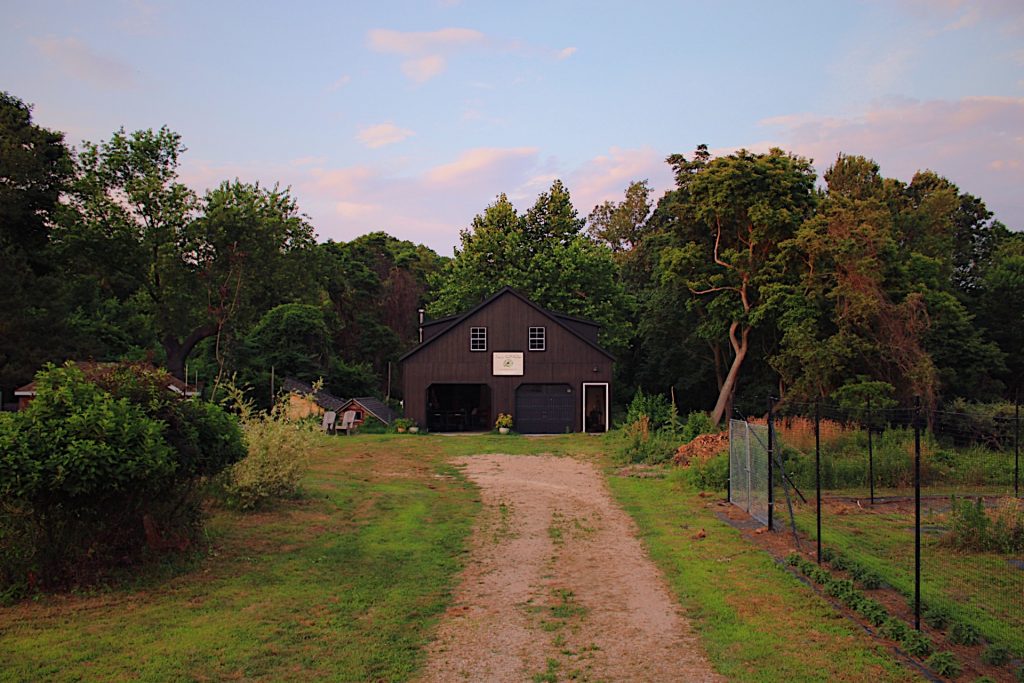
Now that I’ve been no-till flower farming for more than two full seasons, it has evolved into a truly regenerative approach with the real focus being on SUPPORTING the LIFE in and on the soil, not just stopping the disturbance of it. All of this is not just about tillage. It’s also about keeping living roots in the soil at all times. And it’s about sheltering the soil so all the life in it feels safe and cozy. Now, rather than focusing on not disturbing the soil (the core tenant of “no till”), I’m realizing that my real role as stewardess of my farm’s land is to provide for the soil life. And in doing such, the soil’s rich web will in turn support my flowering crops. It’s a cycle of reciprocity, often spiritual in nature and as old as the ages, that somehow got horribly lost in modern agriculture.
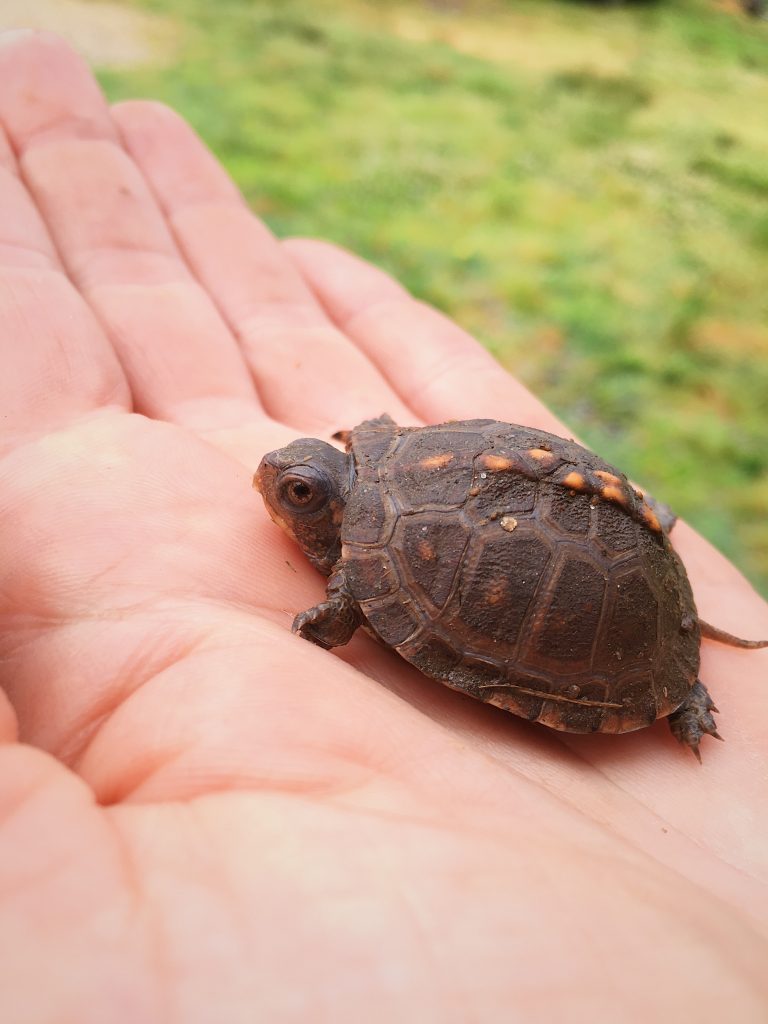
I’ve still got so much to learn about using farming to heal the earth, starting with the six acres under my care at the moment. I’m reading books, watching documentaries, listening to podcasts, experimenting with making natural fertilizers with ingredients like raw milk, egg shells, and molasses (it really works!), propagating mycelium on rye seeds, observing how cover crops have so much more potential than being simply “green manure”, and spending time in my fields standing still, letting Nature teach me through observation. I will definitely be writing a lot more on the topic of no-till flower farming and other regenerative farming practices. Observing, appreciating and supporting the earth’s community, of which we humans are a minuscule part, has really become a deep passion of mine!
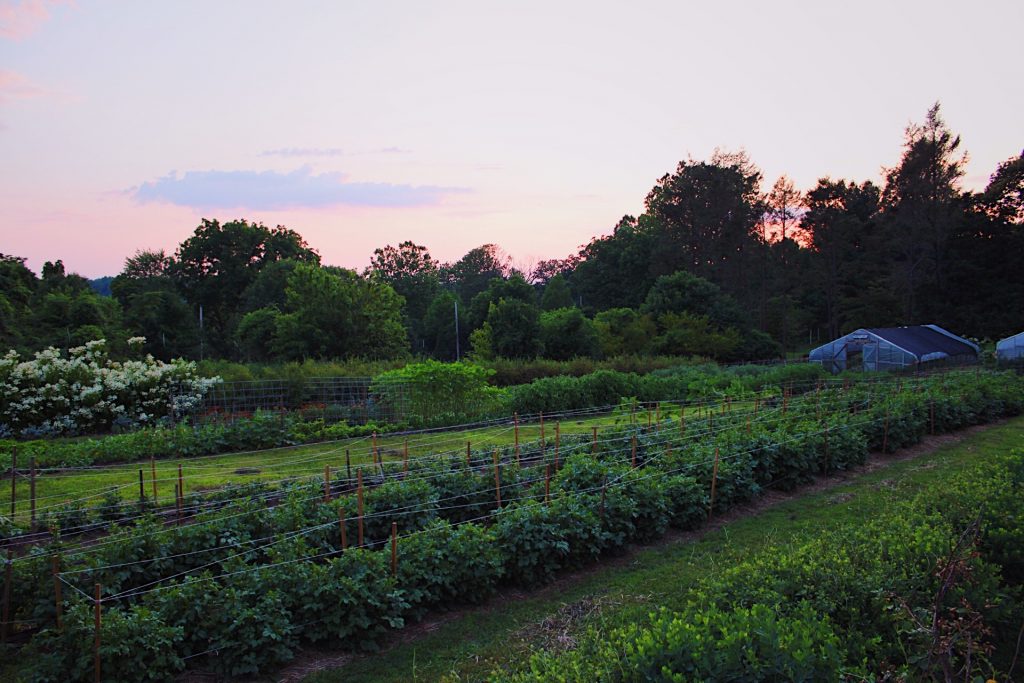

This is fantastic. I am diving into this too. You describe its so beautifully… it is spiritual, isn’t it. I agree that this is what farming should be, a connection to the land and life in it. It’s refreshing to hear your experience and also to know that it really works! You’re a year ahead of me so this is exciting. I hope you do write more!!
Can’t wait to read more about what you are doing!! Thanks for sharing.
I’d love to hear more about your natural fertilizer and cover cropping.
I am a no till flower farmer fan as well out of love for my small plot as well as necessity. However I a bit of a novice and hope to glean insight from your journey. I’ve started tending a small worm farm and hope to double soon. My soil is currently rich with life and want to continue healing and nurturing it. People ask how I grow such beautiful flowers on such a small farm ( 1/8 acre at best) .. I tell them it’s because I love the land and every seed sown
Love that, Peg!! The way we care for the land really does show up in the petals of each bloom!
I am a very small, first year flower farmer and I am no-till out of necessity. I farm on a slope that I cannot access with a tractor. I also battle gophers. I dug a trench for each bed, laid wire and filled in the bed. Now when I change flower crops I just add more compost and plant. I am still learning about cover crops and compost tea. I may need to invest in an electric wheelbarrow since I will be hauling lots of compost uphill. 🙂 Thanks for sharing your experience!! I always look forward to your blog posts!!
You used wire and not cardboard? How did that work for you?
Following your journey as I am working to convert my piece of dearth earth (sagebrush, tumbleweeds and flour for dirt!) into a richer soil that flowers can thrive in. So cool to hear the perspective of someone who has experimented with both approaches. Where I am starting with some pretty desolate packed soil, would you recommend first tilling in a bunch of stuff and going no-till from there…or is there a no-till approach even for starting barren dirt?
Happy to hear you’re starting your own journey towards regenerating your piece of earth. If your soil is as bad as it sounds from your description, I think you’d be best to spread a bunch of amendments and then till one time to get everything worked in. From there, go the no-till approach. I did a podcast episode with Ellen Pollishuck about soil health and soil testing that you should listen to if you haven’t already. https://notillflowers.libsyn.com/ellen-polishuk-plant-to-profit